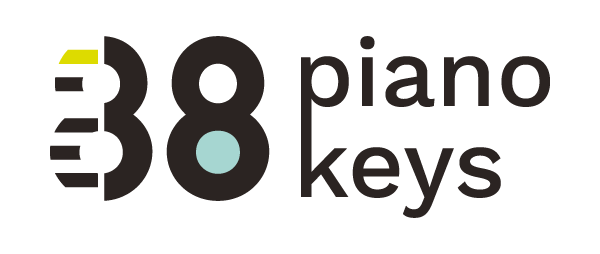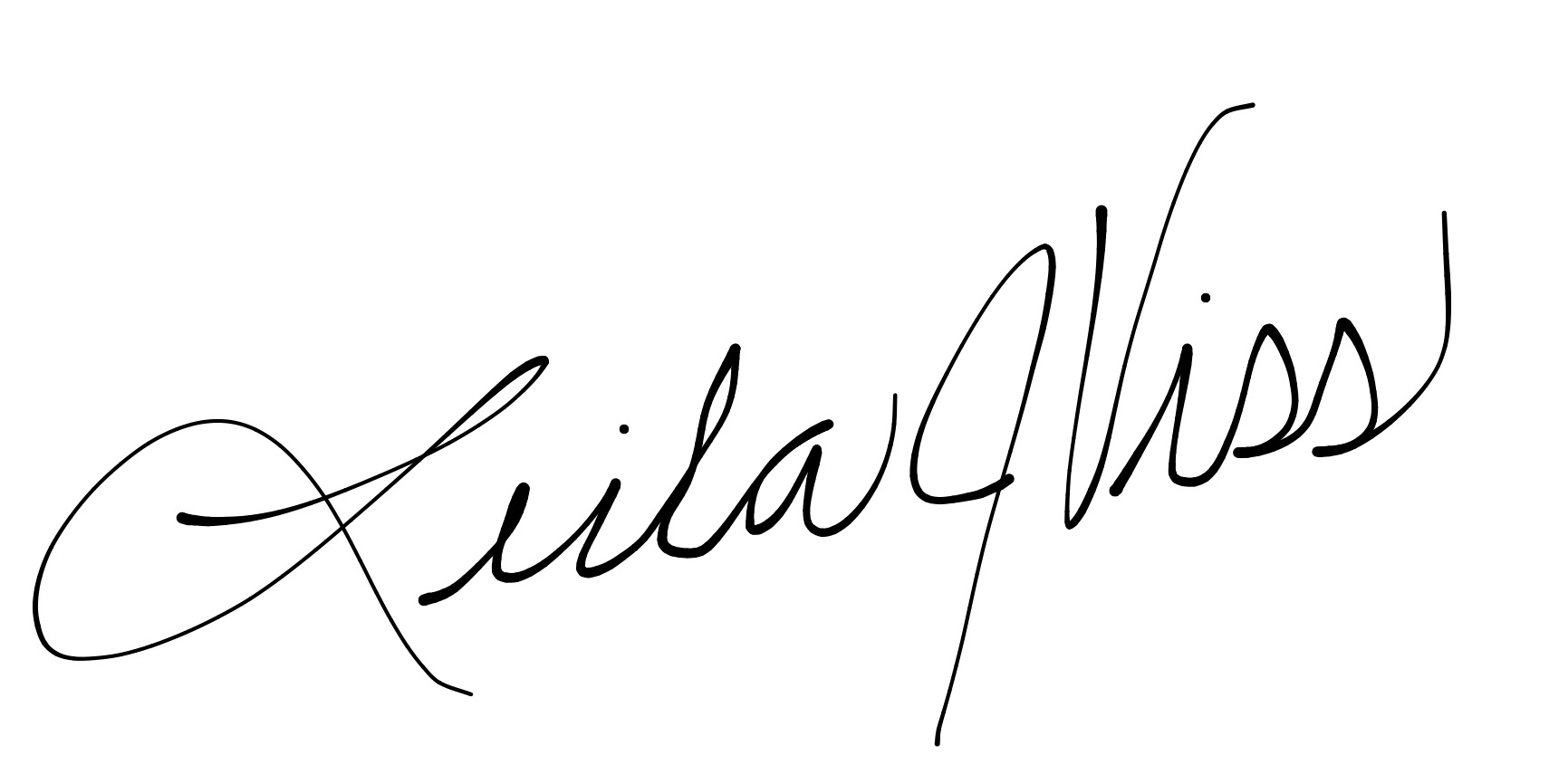Make Rhythm Count in Your Studio with THIS Resource
It's hot off the 88PK press: Rhythm Make It Count! Many readers have asked how I organize my Off Bench time. In a nutshell, Off Bench time is when two students arrive at the same time and while one works with me at the piano, the other completes tasks off the bench usually with iPad apps or various manipulatives or games.
Rhythm Make it Count is my attempt to answer your questions. App assignments and off-bench activities are mapped out with consideration for scope and sequence. You'll have a resource at your finger tips devoted to just about any rhythmic concept you can think of--except polyrhythms--blog coming about that soon!
Even if you aren't crazy about the iPad or technology or don't feature an Off Bench time in your studio, you'll appreciate the innovative activities included in this resource that you can use during private or group lessons.
In addition, if you have an aversion to the printer, ink, paper, and laminator, no worries. I do, too. My go-to activities use standard, household items usually found in the recycle bin.
Call me crazy but look what I like to do with paper plates! Click here if you can't see the video.
https://youtu.be/eiXq5Qw5m-w
The planning has been done for you in Rhythm Make it Count, now you just have to do it! If you need no further convincing, buy your copy here for a mere $20 (until September 10th). If not, watch the next video below (or click here) and keep reading.
https://youtu.be/AE-4AjonjNc
Why rhythm?
Why a comprehensive resource devoted to rhythm? Why rhythm first over any other skill like pitch reading or scales or chords? And furthermore, why combine app assignments with off bench activities?
Let me start with a confession: For years, I hated sight reading and had  resigned myself to the fact that I would never be good at it. As I took an accompanist position, suddenly, I had no choice—sight reading was mandatory. What I discovered? That when my rhythm reading became more fluid and confident, my ability to find the right pitches on the keyboard improved dramatically.
resigned myself to the fact that I would never be good at it. As I took an accompanist position, suddenly, I had no choice—sight reading was mandatory. What I discovered? That when my rhythm reading became more fluid and confident, my ability to find the right pitches on the keyboard improved dramatically.
How does this connect with a resource devoted to rhythm for students? My ability to comprehend rhythms was not based on my proficiency at counting aloud or even reading pitches. It was based on my ability to feel, locate and isolate each beat in a measure and determine how it was added to another beat or how it was subdivided.
I discovered that counting "1e&a" for four 16th notes didn’t help. But, when I saw beats (for example, quarter notes) as columns and each one divided into 4 equal parts and let myself count “1234” or say “watermelon” for each column, reading tricky rhythms became “easy.”
Overcoming my reading inadequacies has made be passionate about demystifying this complex rhythmic notation for my students.
Yes, reading pitches from the grand staff is tricky but pitches always remain the same. The bottom space of the treble clef will always be an “F” and nothing else. However, the “F” could be played in countless ways—as a quarter note, two 8th notes or a whole note or…you get the point.
None of this intricate knowledge of rhythm will matter until it can be locked into a steady pulse. A pulse is best felt through the body--walking, marching, clapping, drills away from the piano and of course, drumming. Combining the abilities of subdividing and feeling a groove will eventually build strong rhythm readers or RHYTHMANIACS!
What you’ll find in my first tech-savvy, off-bench resource (there's more to come) is a mix of activities and app assignments that won’t necessarily teach—you’ll still have to do that. It will assist you by providing carefully sequenced strategies for you to build strong “rhythmaniacs” and eventually excellent sight readers and musicians for life.
What's in it?
Rhythm Make it Count is a comprehensive, downloadable studio-licensed PDF which comes in sections so you can print or duplicate only the parts you need. Make sure to download them all as soon as your receipt comes in your email inbox!
Part 1 A cover page, Preface and Table of Contents.
Part 2 A Teacher's Guide which features:
- My "secrets" about off bench time--or at least most of
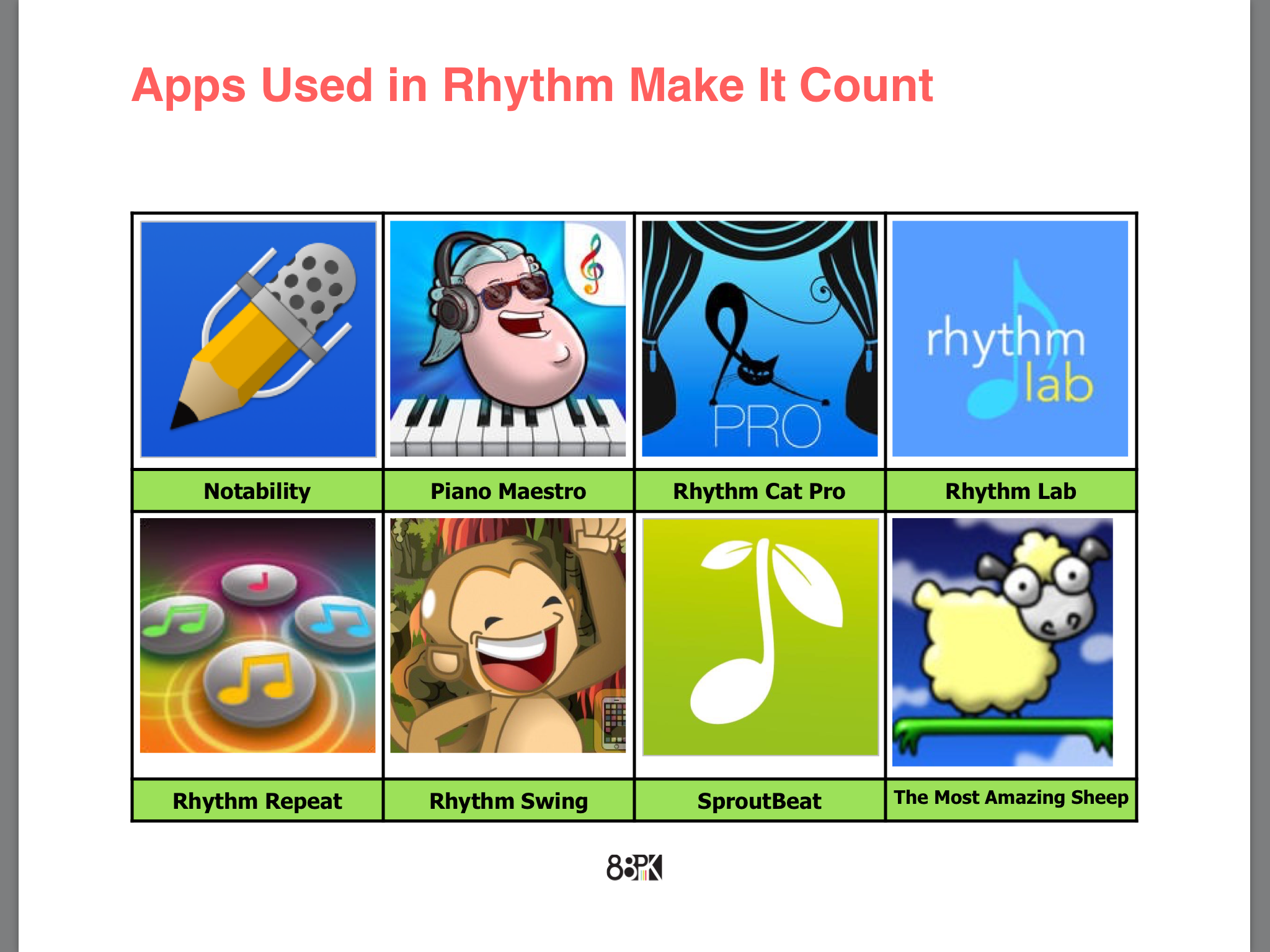 them.
them. - Alphabetized pictures and links to all the hottest rhythm apps featured in the resource.
- Off bench activities I use to reinforce rhythm in private or group settings usually using repurposed items. I prefer that over printing and laminating.
- An organized index of favorite activities related to rhythm by creative teachers and bloggers.
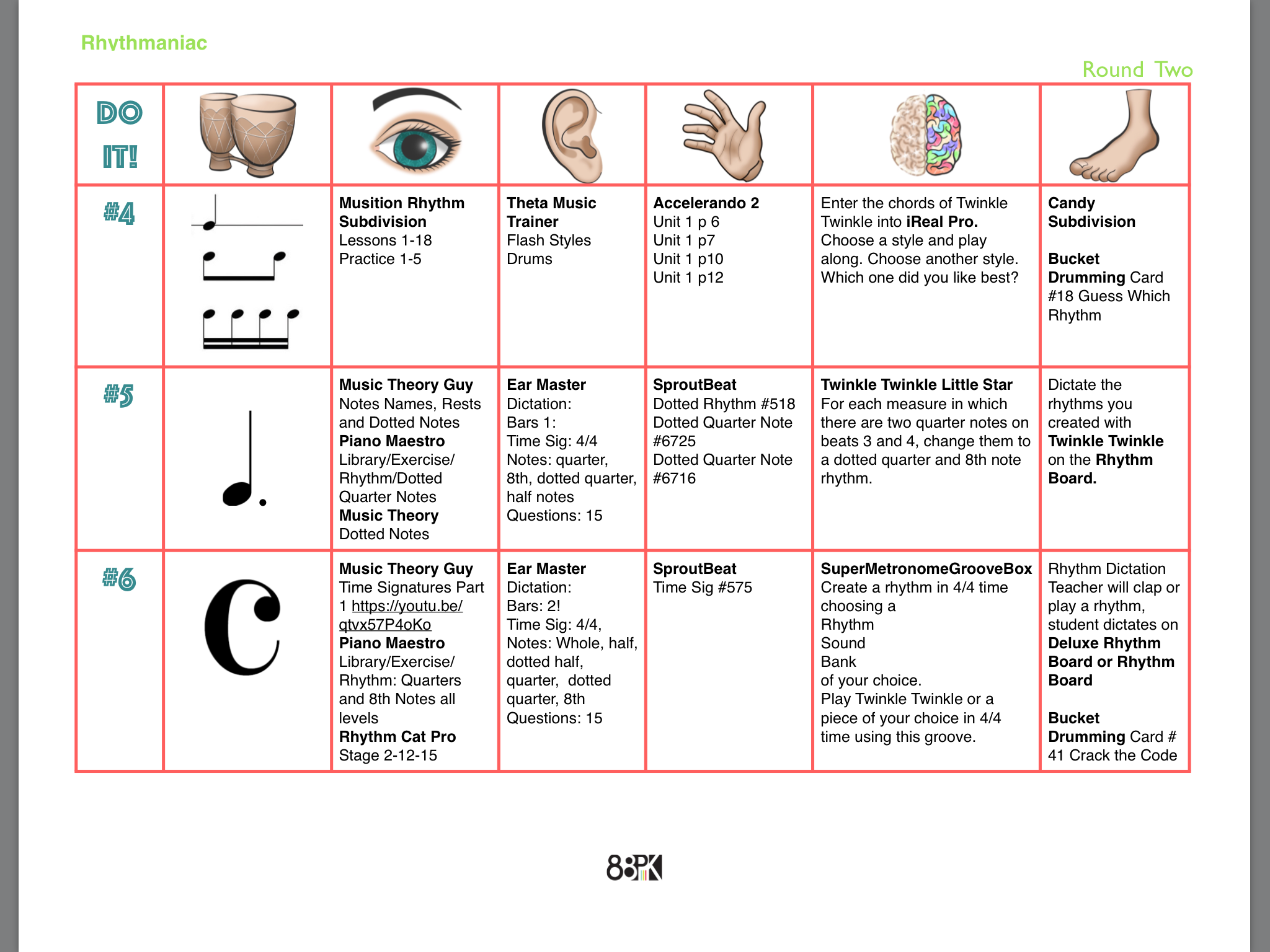
Part 3 Round One assignment grid that reviews quarter, half, dotted half, whole notes and rests, 4/4 and 3/4 time signatures.
Part 4 Round Two assignment grid that reviews concepts of Round One and covers ties, upbeats, 16ths, subdivision, 6/8 time, simple vs compound time, triplets, syncopation.
The unique feature of both grids? All assignments are organized into categories. Those that train the eye, those, that train the ear, the hand, the musical imaginations and even the feet!
Part 5 A Get Inspired! Episode featuring unique rhythm-based videos guaranteed to inspire with guide questions to keep viewers engaged.
Part 6 Large pics of app icons to post in your studio so students can recognize and find apps easily.
Who is it for?
1) Those who want to integrate the iPad and top apps into their teaching.
2) Those who began Off Bench time in their studios and are feeling unsure about what to do like my friend Amy Watt who helped create this resource.
3) Those who want dynamic, engaging off bench activities to reinforce their teaching.
How is it used?
1) Begin by reading the Teacher's Guide.
2) Study the assignment grids, decide on the apps that appeal to you and learn how to use them.
3) Print off the grids and create folders for each students. Highlight the assignments for them to complete each week and ask them to check it off when finished.
4) Solidify and reinforce the concepts with the supplemental activities on the bench at private or group lessons.
OR
1) Import the assignment sheets into Notability.
2) Create a divider for each day of the week and a folder for each student.
3) Then duplicate the assignment grid and place one in each student folder and continue the process as listed above. More tips are included in the resource.
Where is it?
Order your copy here at the 88PK Piano Teacher Planning Center now and save $5. Rhythm Make it Count can be yours for a mere $20 until September 10th . It's a price tag that's hard to resist and will offer endless hours of fun for you and your students.
Hear what fellow teachers are saying:
I think the best part of this resource is that you've given teachers a step by step guide of how to implement. You even give them the lesson plan for what to do on the first day. Brilliant! That will build confidence in teachers and get them and their students off to an exciting start. -Marie
With 130 off-bench activities plus 24 games and activities and 27 bonus activities, teachers will know exactly what apps and activities they to need to get their students' eyes, ears, brains and bodies trained to rhythm! -Heather
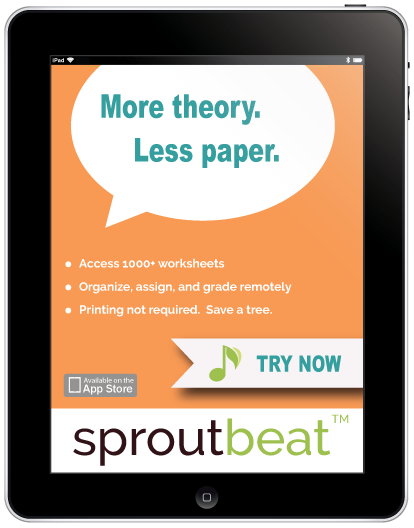 What's to come?
What's to come?
Stay tuned for two exciting things!
1) The developers of SproutBeat (their worksheets are featured repeatedly in Round One and Two assignment grids) have graciously agreed to create a special folder of all the worksheets in their app.
2) Join me for a Google Hangout in September or watch the free recording of it afterwards where I'll show specifics on how to use the apps.
One more thing
Don't miss an opportunity to learn more about connecting successfully with those who warm your bench--especially those who may squiggle and wiggle a little too much. That's why I like having apps and paper plates up my sleeve! Wendy Stevens just released a new workshop called "Have you Forgotten What It's Like to be a Child?" Find out how you can register for it here.
